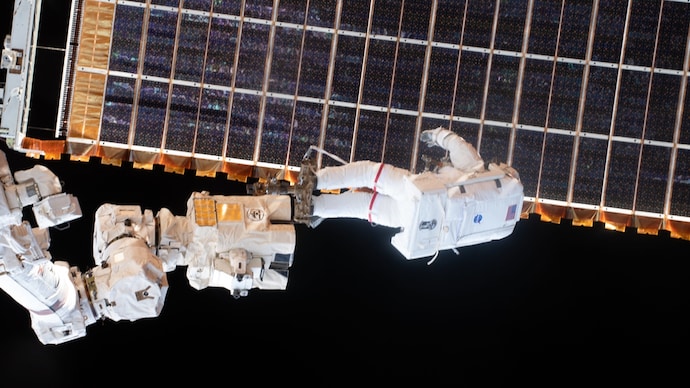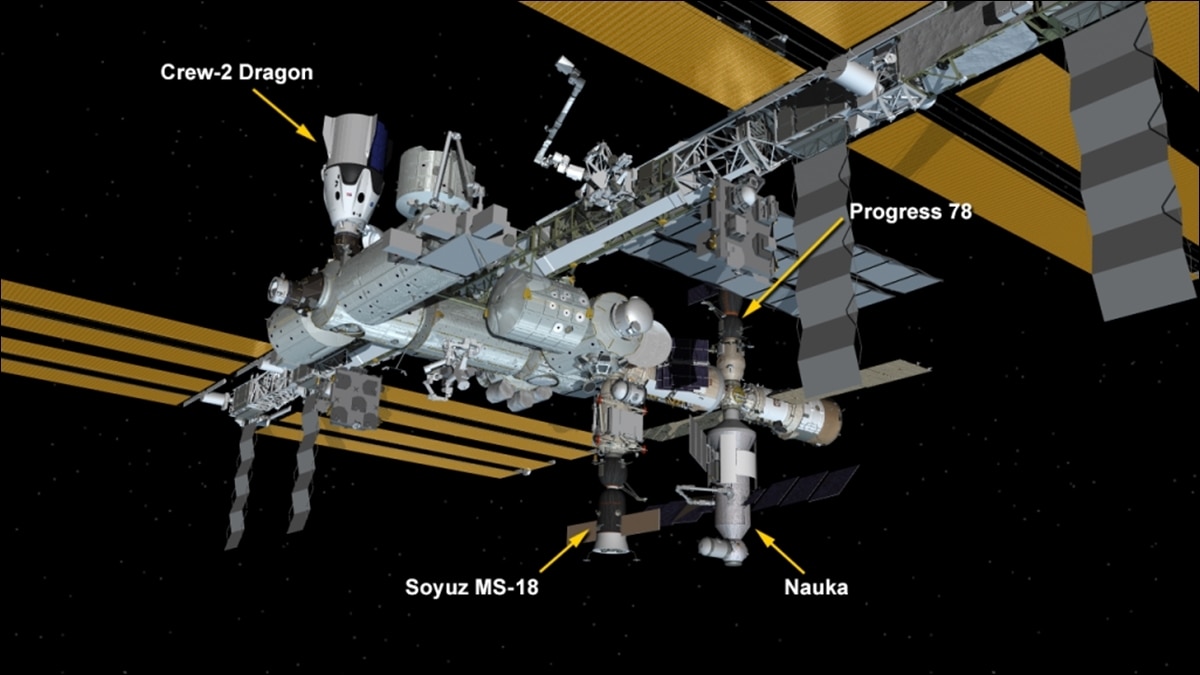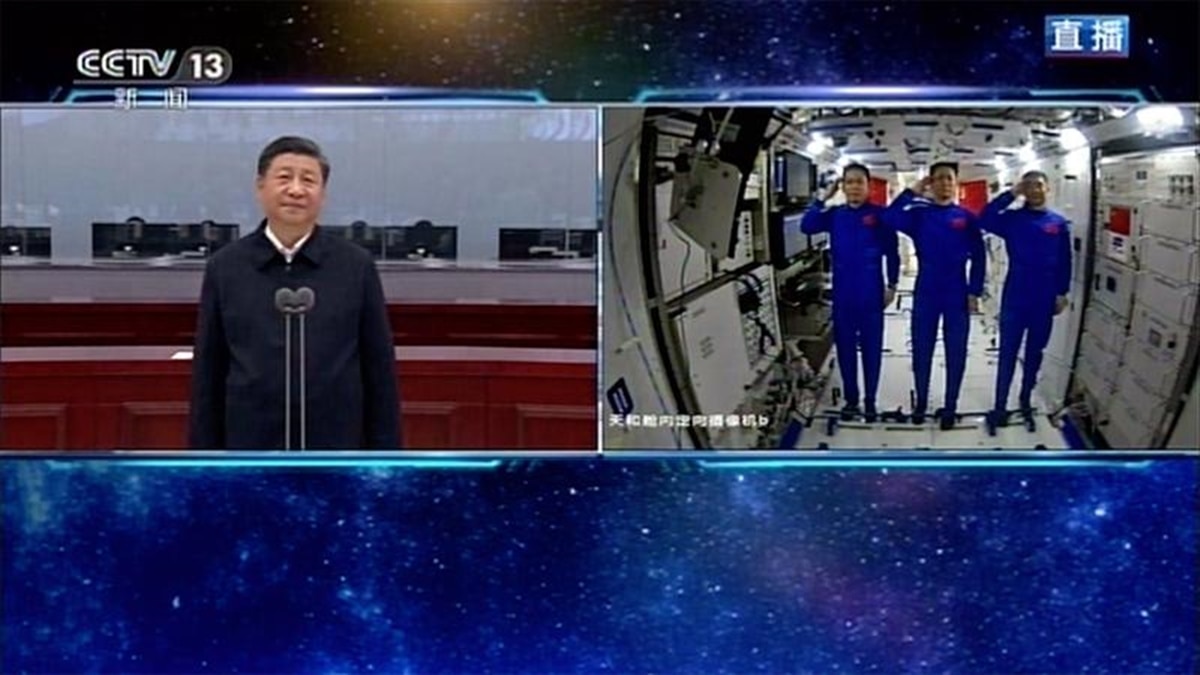Accidents on International Space Station: Setback for US, advantage China
The International Space Station has been making global headlines as it suffers one incident after another. The incidents could dent the US' plans to extend its operational life till 2030.

The International Space Station (ISS) led by the US and Russia has been in news in recent times more for accidents than path-breaking discoveries. This is happening at a time when China is aggressively pushing its space ambitions with a separate plan.
Smoke alarms went off on Thursday in the Russian segment of the ISS as engineers on the ground scrambled to identify the issue and prevent a major catastrophe. The space station orbiting the Earth at a staggering speed of 17,000 miles per hour at any time houses more than four astronauts in the pressurised chambers. Their safety is considered paramount.
In the past several months, the space station has been the subject of global headlines due to incidents that have raised red flags over its continued operation in the microgravity. The flying observatory is into its final leg of operational life as the United States bids to keep it running till 2030.
In the latest incident, smoke came out of the station that triggered alarms in the living quarters on the Russian side of the observatory. Russia’s space agency Roscosmos said that the incident took place in the Russian-built Zvezda module and occurred as the station’s batteries were being recharged.

According to Roscosmos, the crew activated air filters and returned to their “night rest” once the air quality was back to normal.
Nasa (National Aeronautics and Space Administration) astronauts Mark Vande Hei, Shane Kimbrough and Megan McArthur; Oleg Novitsky and Pyotr Dubrov of Russia’s Roscosmos; Japan Aerospace Exploration Agency astronaut Akihiko Hoshide, and European Space Agency astronaut Thomas Pesquet are currently aboard the space station.
NOT THE FIRST INCIDENT
Earlier in August, the flying laboratory suffered a major mishap when thrusters on the newly arrived Nauka module fired inadvertently. While the US and Russian space agencies maintained that the space station spun just by 45 degrees, the situation had turned much grim.
According to The New York Times, the flying outpost spun one-and-a-half revolutions — about 540 degrees — before coming to a stop upside down, relative to its original position.
Zebulon Scoville, the flight director who was in charge at Nasa's mission control centre in Houston, said that the incident was not correctly reported. Scoville said after a 540-degree spin, "the space station then did a 180-degree forward flip to get back to its original orientation."

While astronauts were not in any immediate danger due to this incident, the sudden spin led to stress on the structure and equipment on the 900,000-pound International Space Station that has been a hotbed of experimentation in microgravity.
CRACKS, PRESSURE-DROP ON ISS
As Russians claimed that the mishap happened due to a software glitch in the Nauka science module, cosmonauts onboard the station reported cracks on the structure. "Superficial fissures have been found in some places on the Zarya module. This is bad and suggests that the fissures will begin to spread over time," Vladimir Solovyov, chief engineer of rocket and space corporation Energia, told RIA news agency.
Russia's space agency also reported last month a drop in pressure in the Zvezda service module. This module houses living quarters for crew members on the ISS. The drop in pressure was caused by an air leak.
The Russian space agency Roscosmos has said it will remain part of the ISS until 2024 and that it is open to extending its participation beyond then.
As the flying orbiter inches close to its operational life span, an increase in uncontrolled incidents is likely to cast a dark shadow on the US’s plans for extending its service life. This could be detrimental for the US, which has so far dominated human space exploration.

CHINA CLOSING IN
China, meanwhile, has gone aggressive with its space experiments. China is already constructing a space station offering a new alternative to explorers. China has already sent a three-member crew to the under-construction laboratory, who are prepping it for future manned missions. While China concedes it arrived late at the space station game, it says its facility is cutting-edge. It could also outlast the International Space Station, which is nearing the end of its functional lifespan.
China Manned Space Agency Assistant Director Ji Qiming has said that the construction and operation of the space station will raise China’s technologies and “accumulate experience for all the people.” The space program is part of an overall drive to put China on track for even more ambitious missions and provide opportunities for cooperation with Russia and other, mostly European, countries along with the United Nations Office for Outer Space Affairs.
Russia has also announced plans to construct its own station beyond Earth. Russia has said the new space station will be "more efficient than the ISS" and will be ready for experimentations by 2030.
